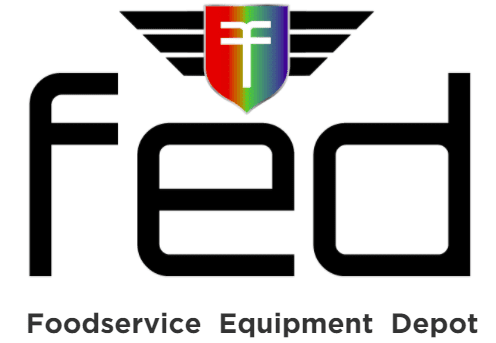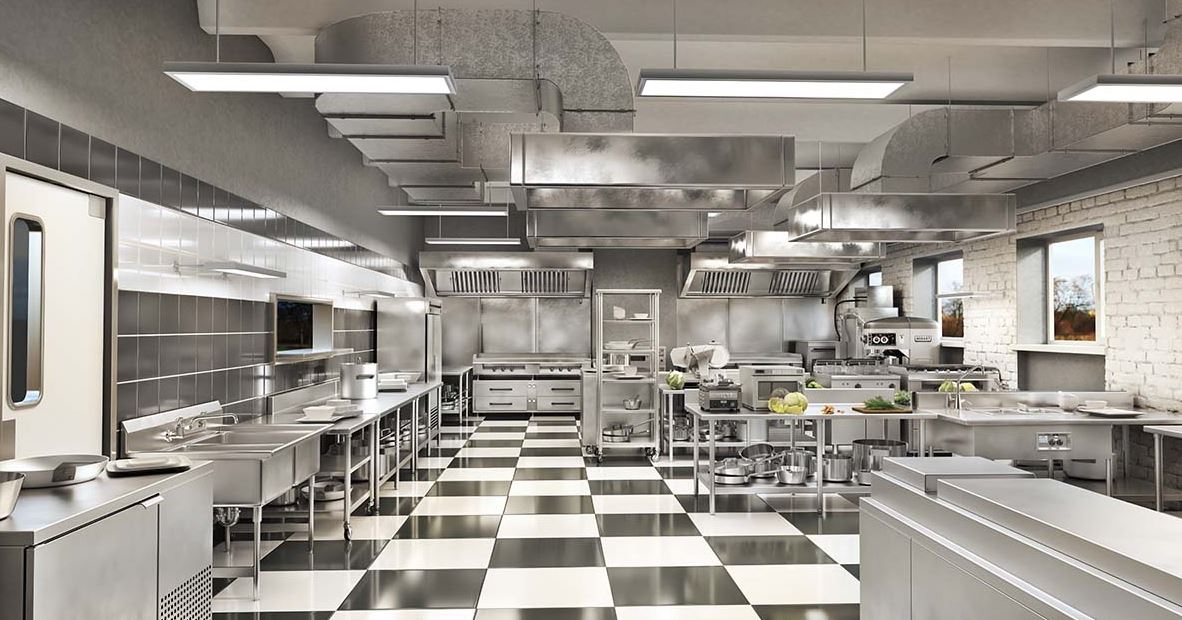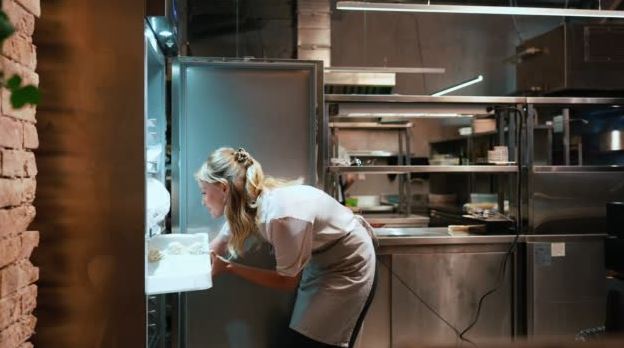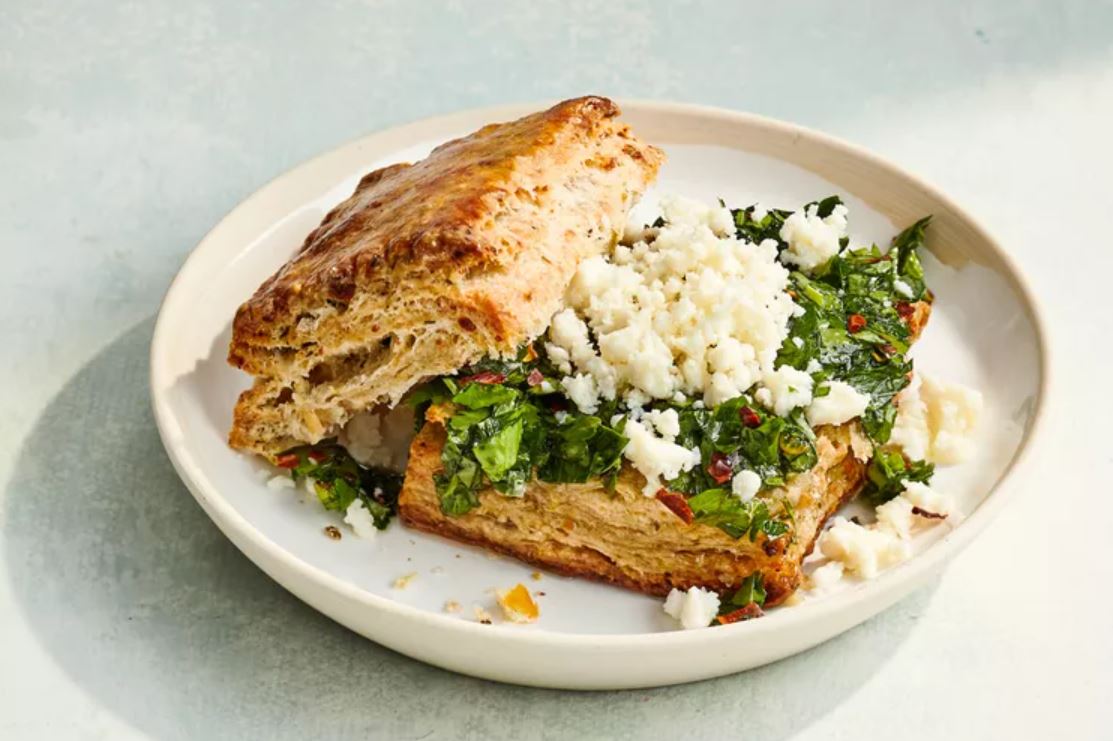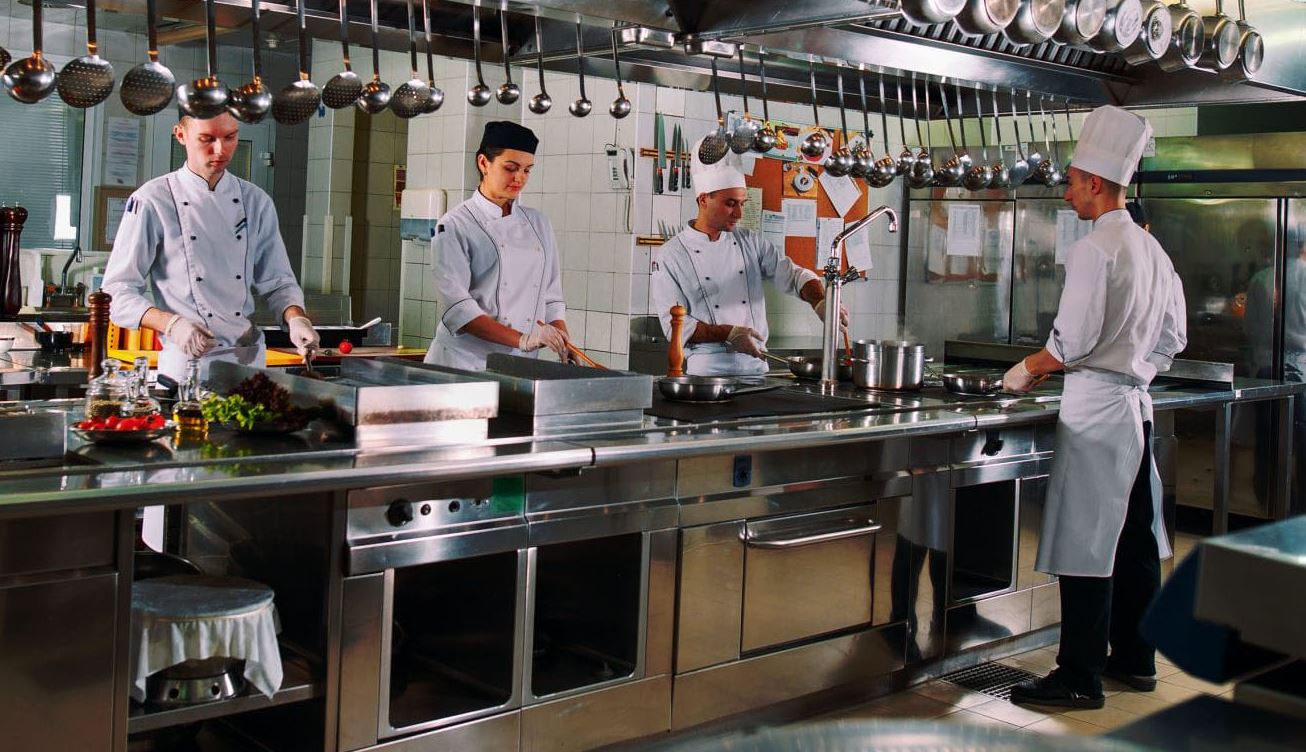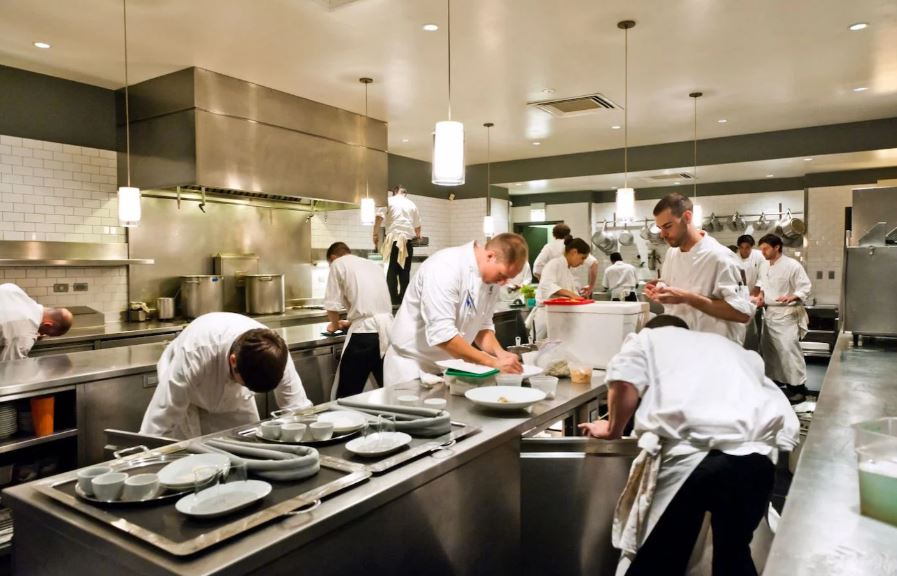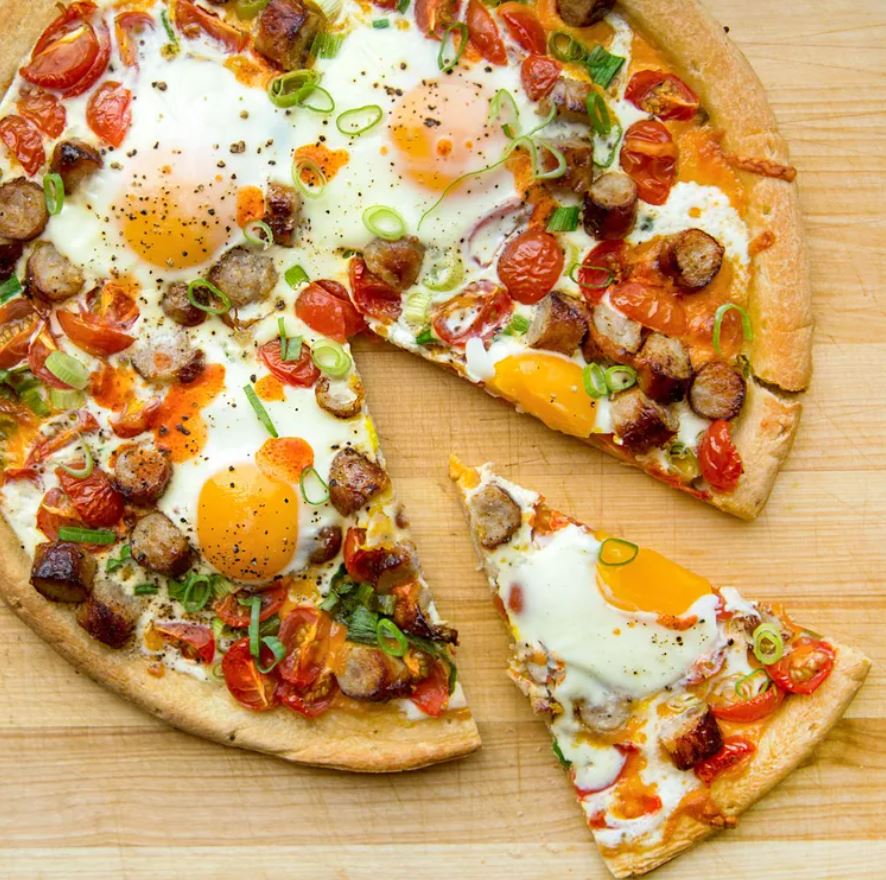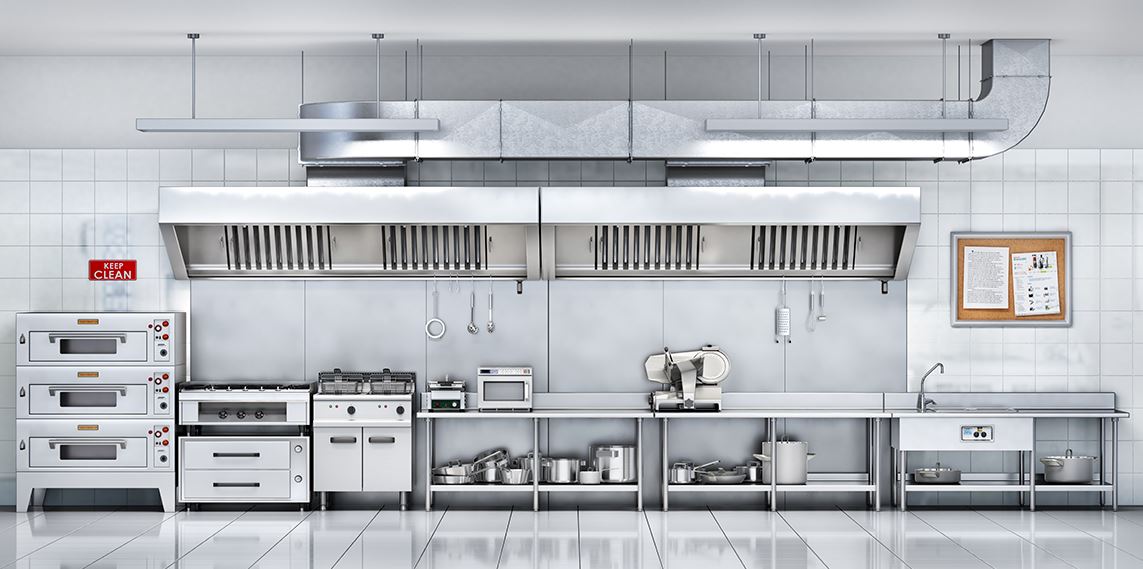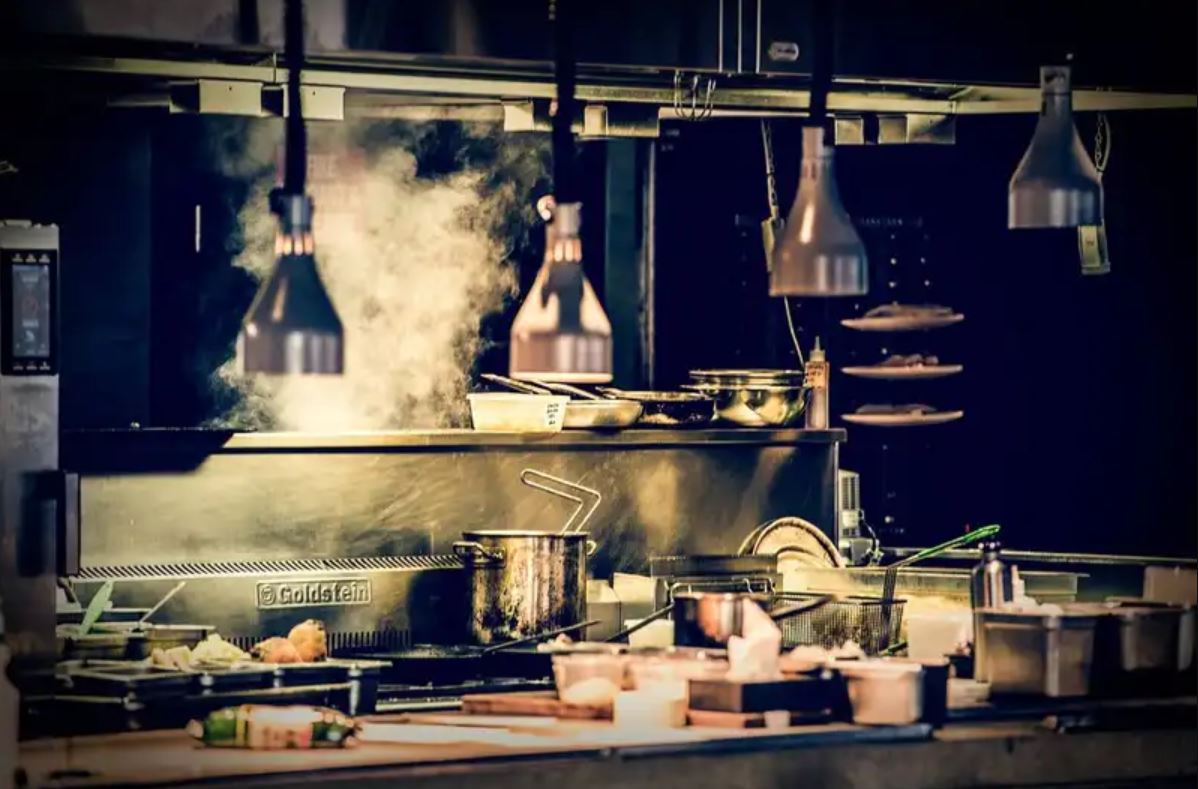
Your Ultimate Guide to Shopping at Restaurant Supply Stores
Are you a food industry professional or a passionate cook who wants to improve your cooking skills? You need look no farther than restaurant supply stores—hidden treasures that can fulfill any of your culinary desires. We’ll go over the fundamentals of exploring these hidden gems in this restaurant supply shopping
